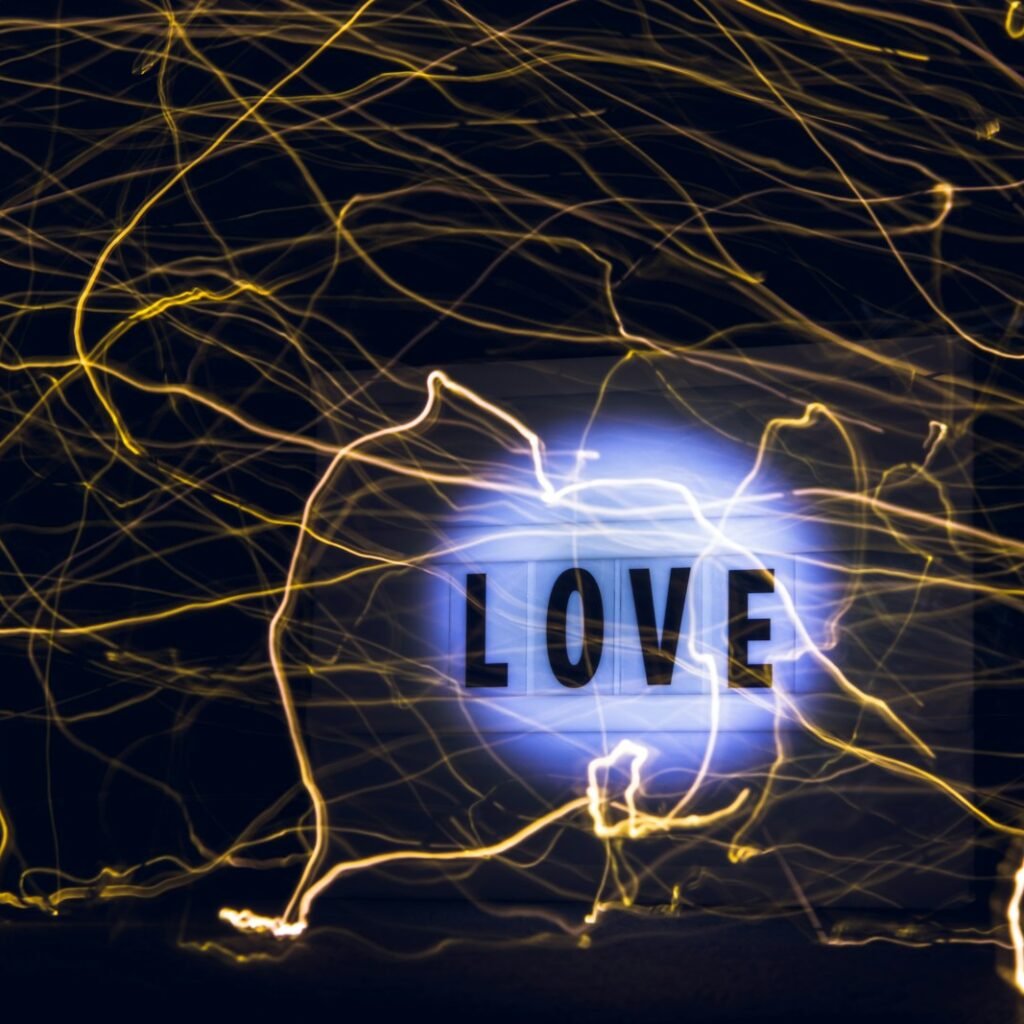What makes us drawn to one person over another?
Why do some connections spark instantly, while others never seem to ignite?
Attraction is more than chemistry—it is a deeply psychological and biological process, influenced by early experiences, social needs, and even unconscious bias. Understanding what truly draws us to others not only deepens self-awareness but also helps us navigate relationships with more compassion and clarity.
Let us explore the science, soul, and psychology of attraction—and what it really reveals about us.
The Invisible Forces That Shape Attraction
Attraction often feels like a mystery. Yet beneath that magnetic pull is a complex mix of biological signals, psychological patterns, and social influences.
According to research from the American Psychological Association, even something as minor as a shared food preference can lead people to feel a stronger connection. This effect, called “essentialist reasoning,” means we assume deeper compatibility from surface-level similarities. But that is just one part of a larger picture.

The Core Drivers of Human Attraction
Let us break down the most common psychological and biological drivers of attraction:
1. Similarity: The Comfort of Familiar Minds
We often believe opposites attract—but research shows the opposite is true. A 2023 study from SpringerLink shows that similarity in values, interests, and beliefs enhances attraction, helping individuals feel validated and understood.
When someone “gets us,” our brains respond with positive reinforcement. Familiarity signals safety—and in a world full of uncertainty, that comfort becomes a strong attraction cue.
For more on breaking out of negative comparison patterns in attraction, explore “How to Stop Comparing Yourself to Others: A Psychology‑Based Guide to Building Self‑Worth”. It provides practical insights on reclaiming self-esteem and reconnecting with authentic attraction patterns.
2. Proximity and Repeated Exposure
The mere-exposure effect—a psychological principle first studied in the 1960s—explains that repeated exposure to someone increases our liking of them. Even today, this idea holds.
A review on Perlego confirms that people are more likely to feel attracted to those they see regularly, such as coworkers, classmates, or neighbors. Proximity creates the opportunity for connection, and with time, comfort grows into chemistry.
3. Reciprocity: We Like Those Who Like Us
Feeling wanted is a powerful driver of desire. Psychologists call this reciprocal liking—when someone shows interest in us, we become more likely to feel attracted to them in return.
This is not about ego—it is about emotional safety. Feeling seen and valued activates the reward system in the brain, which is why people often grow attached when they sense consistent appreciation and positive feedback.
This psychological need is explored deeply in “Why We Crave Validation and How to Find It Within”, which helps readers examine how the desire for external approval shapes attraction and emotional connection.
The Role of Physical Appearance—and Why It Is More Psychological Than We Think
While physical appearance is often blamed (or credited) for initial attraction, it is not always about beauty in the traditional sense. We are drawn to features that align with cultural ideals, early childhood associations, and neurological wiring.
Neuroimaging studies summarized by Wikipedia’s updated “Biology of Romantic Love” page show that early-stage attraction lights up reward pathways in the brain—the same regions activated by food, drugs, and music. These brain patterns reflect dopamine surges, which intensify emotional focus and desire.
But beauty, as the saying goes, truly is in the eye of the beholder.
In fact, people often project emotional value onto others based on their self-esteem and personal narratives.
A compelling personal account in “How I Got Over Being the Ugly One” reveals how inner beliefs, not objective traits, distort perceptions of attractiveness—both in how we view ourselves and those around us.

Hormones and the Brain: Love’s Biological Blueprint
Attraction is not only emotional—it is also biochemical. Several key hormones shape our desire and bonding instincts:
- Dopamine: The “pleasure” neurotransmitter tied to reward, anticipation, and focus
- Oxytocin: Known as the “bonding hormone,” released through touch and emotional closeness
- Testosterone and Estrogen: Influence sexual attraction and physical arousal
According to a 2023 analysis from Springer’s chapter on love neurobiology, these chemicals interact with brain systems to strengthen emotional attachment and foster partner preference.
This chemical foundation is why attraction can feel overwhelming—our brains are wired to respond to connection as if it were a life-sustaining resource.
Why We Sometimes Feel Drawn to the “Wrong” People
Attraction does not always align with our best interests.
Sometimes, we are pulled toward people who mirror past wounds, unmet needs, or unresolved emotional patterns. Psychologists call this repetition compulsion—a drive to recreate familiar dynamics, even if they hurt.
If someone grew up feeling unseen or unworthy, they might be unconsciously attracted to emotionally unavailable partners, in a subconscious attempt to “win” the affection they never received.
This is where deep inner work matters.
Reflecting on attachment patterns, past experiences, and self-worth can transform not only who we are drawn to—but also how we show up in love.
How to Build Healthier, More Conscious Attraction
Understanding the psychology of attraction empowers you to approach connection with more intentionality and self-compassion.
Here are ways to foster healthier patterns:
- Reflect on your attachment style: Are you anxious, avoidant, secure, or fearful in relationships?
- Notice who triggers familiar feelings: Pay attention to emotional responses that feel like déjà vu.
- Prioritize mutual respect over excitement: Chemistry fades, but care sustains.
- Strengthen your self-worth: When you value yourself, you are more likely to attract emotionally safe, compatible people.
- Set emotional boundaries: Protecting your energy makes space for genuine connection.
Final Thoughts: Attraction as a Mirror
Attraction is not random. It is a reflection of your values, your wounds, your desires—and your hope.
By understanding what draws you to others, you also begin to understand what you truly need.
At its core, attraction is not about finding someone perfect.
It is about discovering someone who resonates with your truth—someone whose presence feels like home, not a performance.



Add a Comment